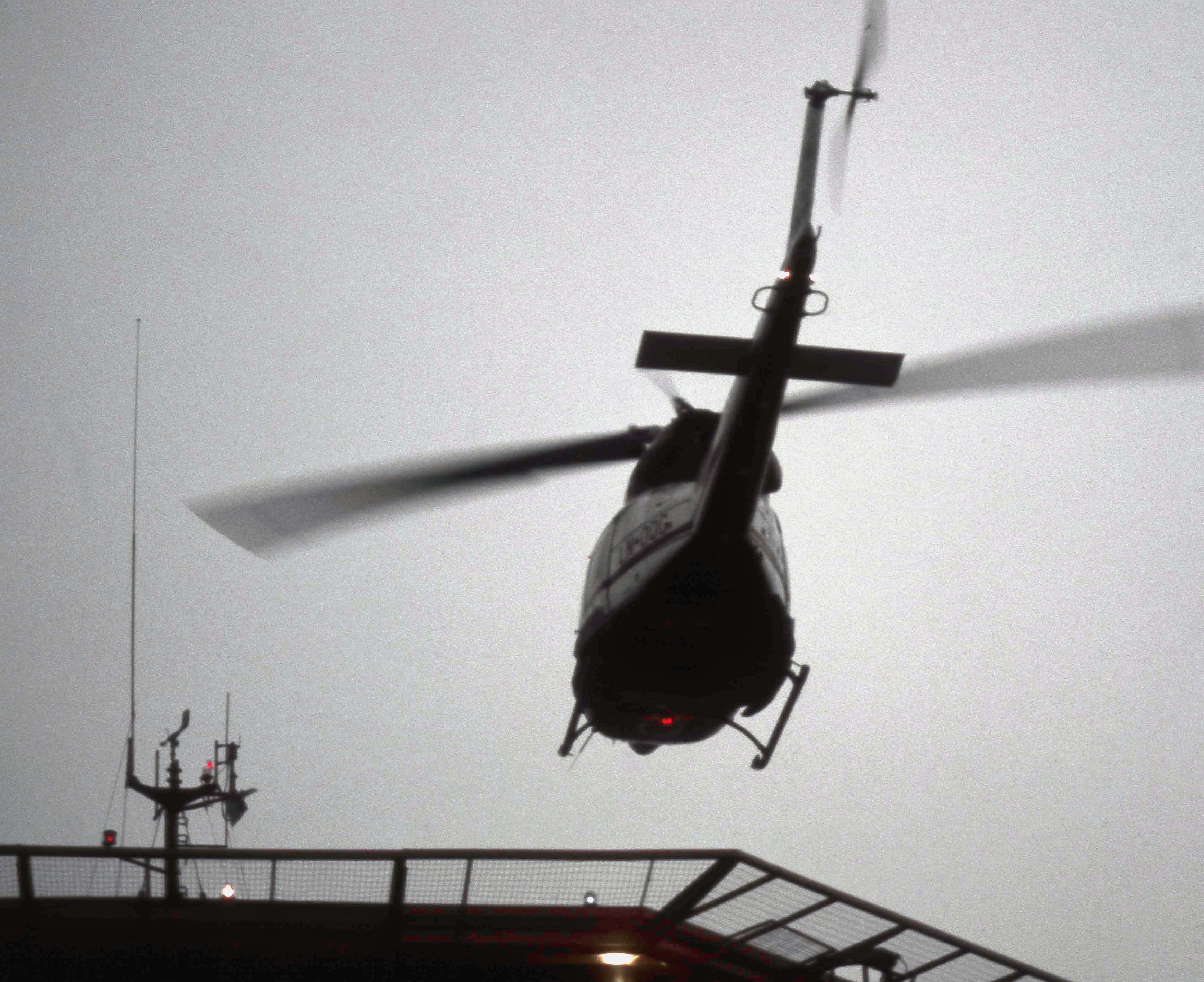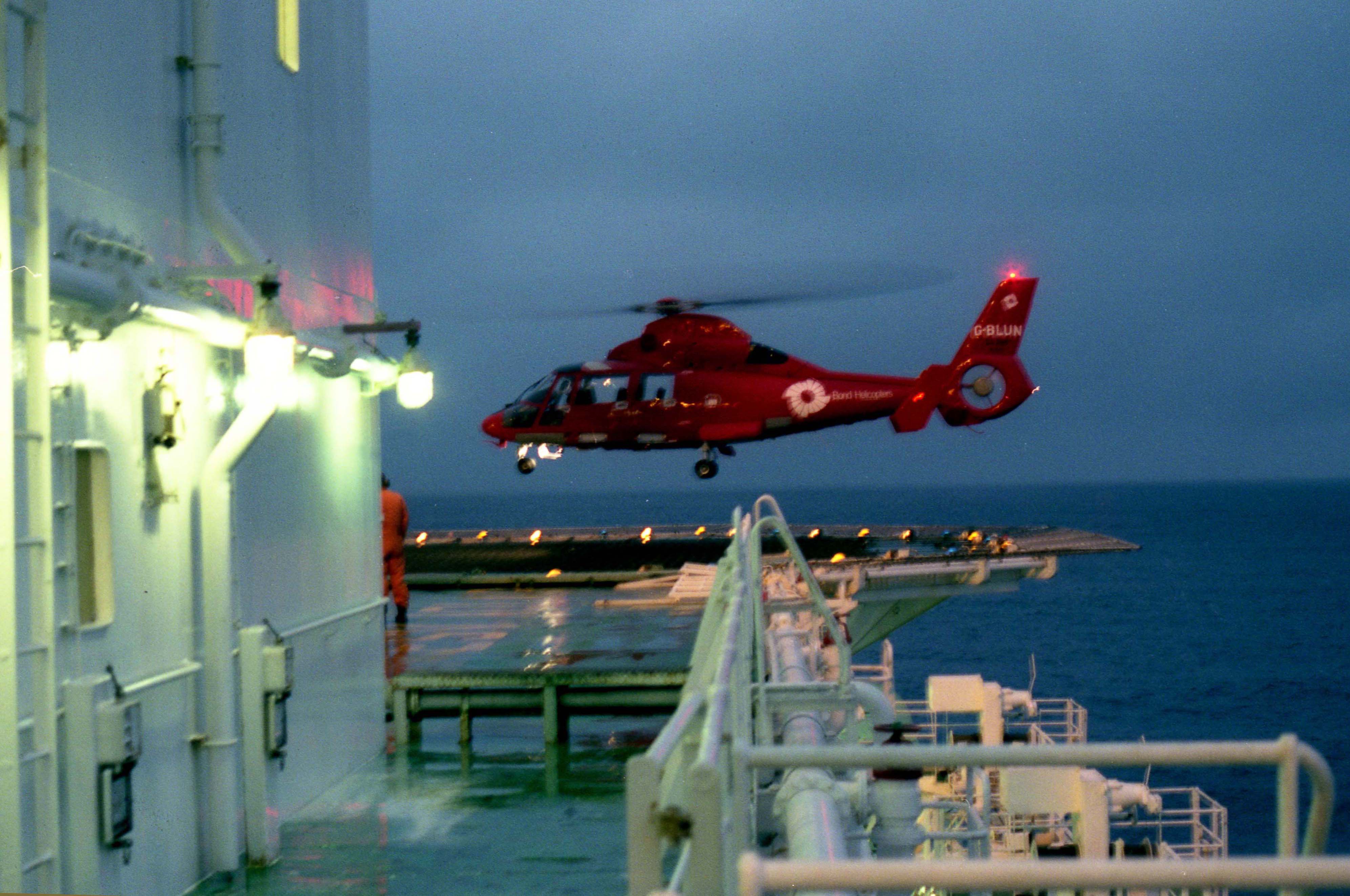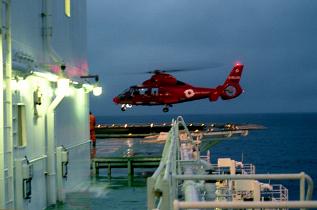Helicopter accident: Signals passed at danger
Based on the AS332 helicopter, the Super Puma EC225 was introduced in 2004. Seven years later, helicopter manufacturer Eurocopter delivered the 100th EC225 built, to the Bristow Group in Aberdeen, Scotland.
On April 1st 2009, disaster struck a AS332 belonging to Bond Offshore Helicopters. It disintegrated and crashed 2000 feet into the North Sea at 170 knots, 13 miles off Rattray Head on the Aberdeenshire coast. There were no survivors: 16 workers died. The crash was caused by a catastrophic mechanical failure of the helicopter's gearbox. The detailed report by the Air Accident Investigation Board (AAIB) pinpointed a series of mistakes and communication failures that meant the root cause went undetected.
Two EC225 helicopters ferrying workers to oil installations have ditched into the North Sea this year. Pilot expertise, passenger training, emergency response and nearby shipping helped all on board both aircraft to escape into liferafts, and be safely rescued.
In the first incident on 10th May 2012, a Bond EC225LP crew carried out a controlled descent into the North Sea off North-East Scotland, following a false alarm indicating main and emergency gearbox lubrication failure. The AAIB report identified a circumferential crack on the bevel gear vertical shaft of the aircraft's gearbox.
Then, on the 22nd October 2012, a CHC Scotia EC225LP ditched into the North Sea 30 miles south-west of Shetland, also following faulty gearbox lubrication warning lights. The AAIB report again highlighted a crack found on the bevel gear vertical shaft.
Worldwide, many Super Pumas remain grounded until February 2013, or later if both faults are not fixed (110%, according to Eurocopter). With 11 of its North Sea fleet grounded in Aberdeen, this week Bristow placed an order for 10 Sikorsky S-92 helicopters. Many offshore workers are paid dayrate, and do not receive a wage if they cannot reach their workplace. These ditchings and the subsequent withdrawal of the EC225 are causing massive concern and logistical disruption throughout the oil, aviation and other industries.
Two Bond-operated Super Puma L2 helicopters were involved in separate safety alerts over the North Sea on November 22nd. Both returned to Aberdeen heliport while on flights to oil installations. One was en route to BP's Miller platform - where the Super Puma AS332L2 was headed when it tragically plummeted into the sea in 2009. The L2 model of the aircraft is not affected by the grounding of the EC225 involved in the two ditchings this year. A Bond Helicopter's spokesman said: "Two flights returned to base. The helicopters went in for immediate inspection. The first flight that came back was checked and nothing was found wrong. It is being returned to service." He confirmed that the second Super Puma L2 helicopter, heading for the Borgholm Dolphin drilling rig, had also returned to service following safety checks. One of the alerts was sounded after an oilworker on board reported hearing a rattling noise. A helicopter industry source said: "Everyone is so keyed up that the slightest thing they hear.. is a problem. For obvious safety reasons, helicopters have to return to base."
The AAIB have yet to determine the root cause for the cracks. They have decided that investigations into both ditchings are to be combined, which is unprecedented.
Comments
There are 0 comments on this post




.jpg)










